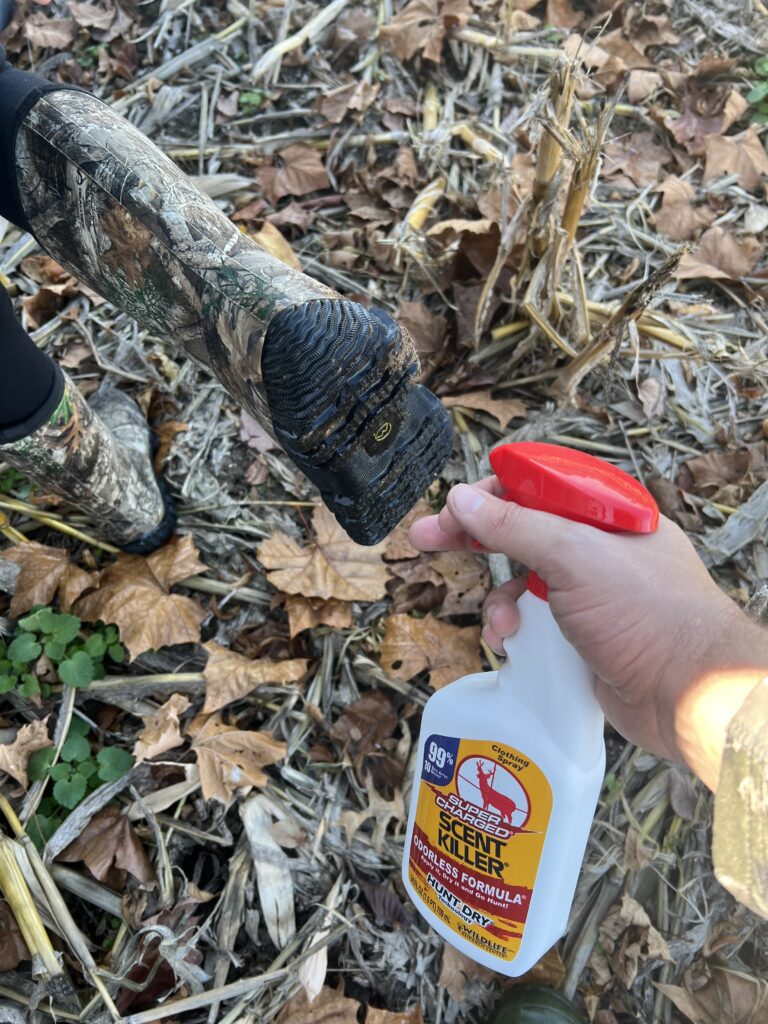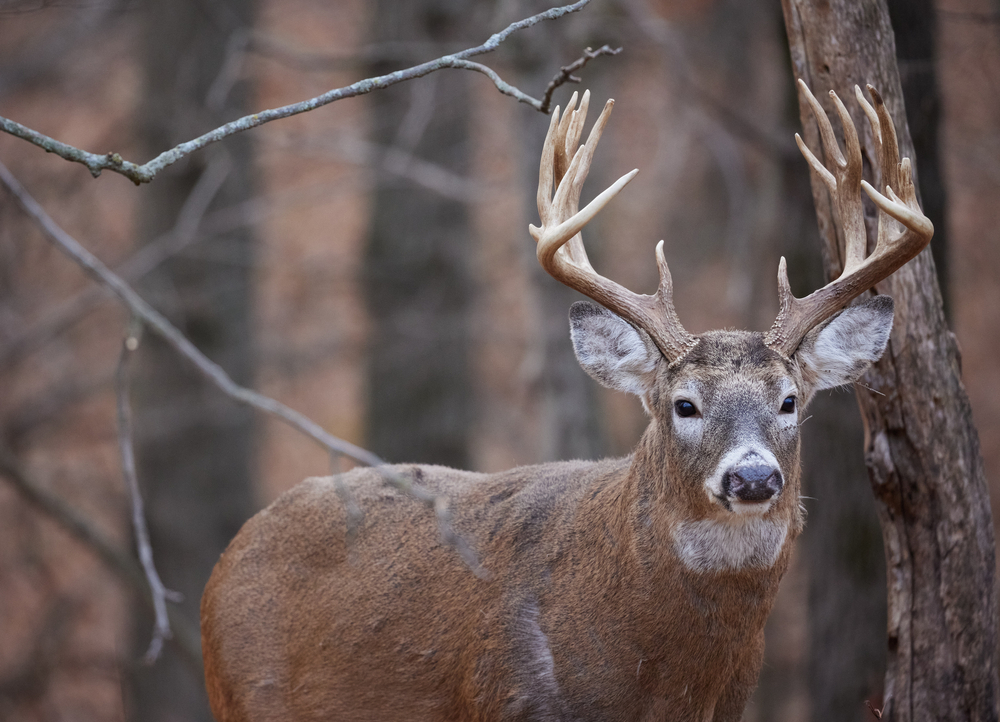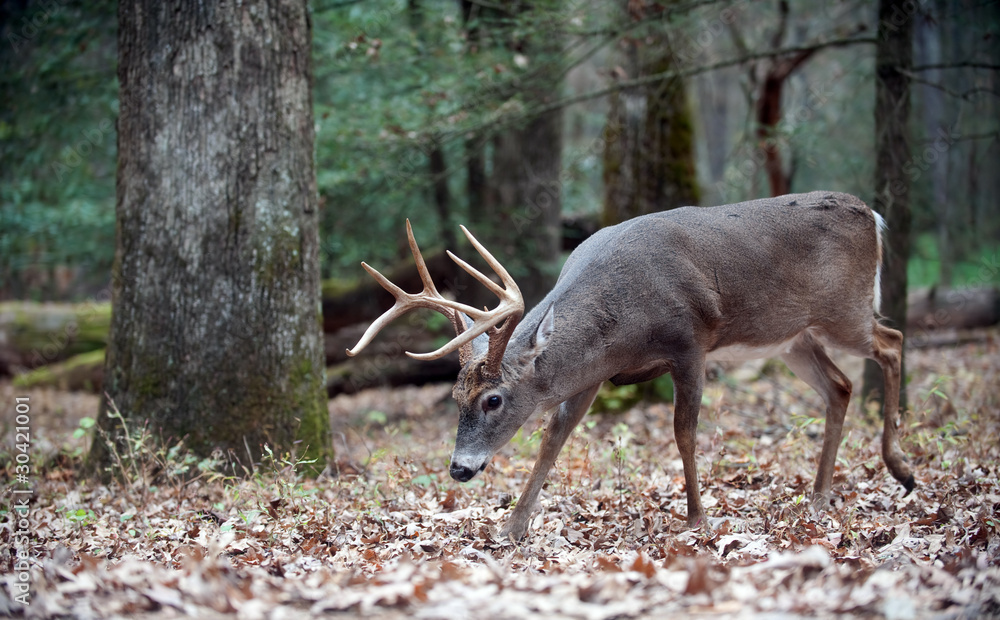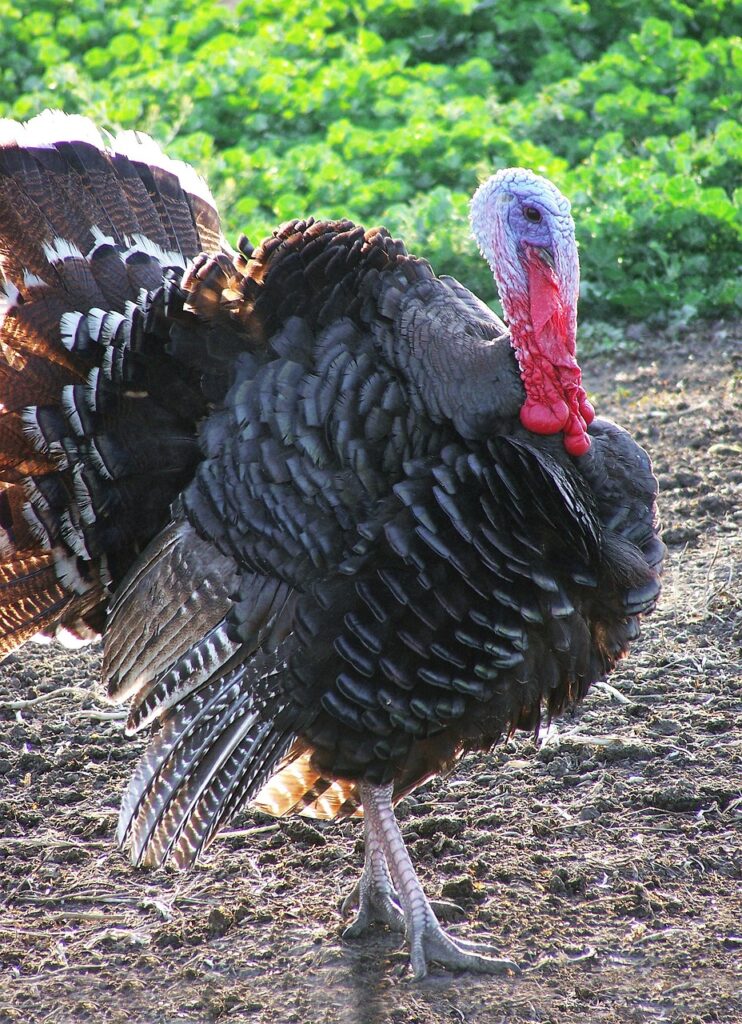Whitetail deer hunting has come a long way for me. I can remember a time of deep frustration with my hunting success. Friends would text and say, “I only saw 3 does, a six-pointer and a decent 8.” As I racked my brain in frustration, I would think back to the one spike buck I had seen a hundred and fifty yards away. I couldn’t understand why I was rarely seeing mature deer.
However, my luck in bagging mature deer has certainly improved. I have 5 bucks on my wall, and I’ve killed plenty of mature does, which can be just as tough to get in close. It wasn’t until I learned how keen mature deer are, that I started having success.
You must remember that deer spend their entire lives in the woods and fields unlike us. Every waking second is spent in that environment. I can assure you that if something changes in that environment, deer are quick to notice, especially the mature ones.
Most folks can kill a young deer with little to no problem, especially with a rifle. However, if your goal is to kill a mature buck with a bow, you need to learn to blend in and remain unnoticed. Let’s discuss a few things you may be doing wrong. These things will kill success.
You aren’t seeing mature deer because you aren’t thinking about your scent.
When it comes to deer hunting success, scent is everything. Researchers have determined that deer can smell an estimated level of 500-1000 times better than a human. They rely on their nose for survival. As we work down this list, you will notice that scent is mentioned as part of nearly every mistake you’re making.
Now that we know how powerful the nose of a deer is, let’s discuss your body odor.
I have mixed feelings about this. You will see why in the next section. But I do like to at least attempt to hide my scent. Body wash, laundry soap, drier sheets, and spray can be purchased at sporting goods stores. Take a shower, wash your clothes, and spray down before you head to the stand. It may help reduce the amount of human odor coming off you.
And don’t use Irish Springs. Find scent-cover products with good reviews and stock up. Be sure to spray down after getting out of the truck and before you walk to the stand. Scent from your boots can remain on the ground for hours.
You aren’t seeing mature deer because you aren’t considering the wind.
As mentioned in the previous section, I have mixed feelings about using products designed to eliminate human odor. I feel like it may be a bit of a gimmick. Not to mention, your breath still smells the same, and you might break a sweat on your way to the stand.
Although I question the effectiveness of soaps and scent covers, I still use them to give myself as much advantage as possible when deer hunting. I will need all the luck I can get to bag the mature buck I’m after. However, scent cover is always secondary to wind direction for me.
Understanding how to hunt with different wind directions is the most important tactic when hunting deer, especially mature ones. Deer use their nose as a means of survival all day every day. If a mature buck picks up your scent, he is gone……..every time.
Therefore, always be sure that you are downwind from where you think the buck will be. This may be a trail, ridgeline, or bedding area. If the wind shifts, and you are now upwind of these locations it’s time to get down and go out for a late breakfast.
Technology is your Friend
Download a weather app and check the wind before you hunt. I like to have two to three different stand locations on my hunting property for this reason. Some stands are good for a northwest wind, others are good for a south wind. Most hunters aren’t prepared for the rare east wind. For tracking wind directions and stand locations check out the ON X Hunt App.
Take a bottle of wind-indicating powder to use during the hunt. Send a few puffs out and watch where your scent is heading. Trees, hills, and thermals will cause your scent to move in unusual directions regardless of the wind direction on the weather app. Always be prepared to adjust based on the wind in your area.
You aren’t seeing Mature Deer because you aren’t considering thermals.
We just discussed how the wind can carry your scent in unusual ways based on the features around you. Another factor that will determine where your scent ends up is thermals.
As temperatures change throughout the day, your scent will either move in an upward direction, downward direction, or hover around you. Usually, it moves off with a breeze, but some days have little to no wind and very little thermal activity.
Here are the basics of how thermals work.
- In the evening, the air becomes heavy and drops. Another way to think about it is when temperatures drop thermals drop. Or, when the temperature is dropping, your scent is dropping!
- In the morning, that air will rise. As temperatures rise, thermals rise. As the sun rises and warms the ground and other objects, the air rises.
Think of thermals with smoke or fog in mind. Imagine a farmer across a field burning brush. During the day, the smoke from his brush fire is rising. However, in the evening as the temperature begins to drop, the air gets heavy and that soke now settles down low and lingers.
The same concept is true with fog. We have all seen fog settle into the valleys in the evening. It is especially low in the early mornings during the coolest part of the day. Nevertheless, when that sun comes up, it sure doesn’t take long to lift away. At that point, thermals are rising.
Making Senese of Thermals
If you understand this concept when deer hunting, it might affect the way you hunt. You would not want to be sitting at the bottom of a large hill for a morning hunt. As the sun comes up your scent will rise with thermals. Any deer that are higher than you will certainly smell you.
You also wouldn’t want to overlook a valley where you expect to see a buck in the evening. As evening approaches, your scent will drop and hover in that valley. It will go to the lowest point like fog.
Thermals are particularly important for Elk hunters, or anyone hunting in mountains. Since these hunters are always considering the elevation, they must consider thermals. Is their scent going up the mountainside, or down the mountain? This concept plays a big part in your deer hunting success. Therefore, it may be the very thing that’s holding you back.
You aren’t seeing Mature Deer because you aren’t walking to the stand correctly.
There are many ways that hunters blow a hunt on the way to the stand. Most of the time, you won’t even know you’ve done it. If you want to start seeing mature deer, you must take a thoughtful approach to hiking into the stand location. Here are a few things that may be blowing the hunt.
You’re parking too close to your deer hunting location
Just the sound of your truck or ATV can blow a hunt. If you want to be successful, be prepared to hike. This will allow you to come in unnoticed.
You’re parking too far away from your deer hunting location
I know this sounds like a contradiction, but having a hike that’s too long can cause you to sweat which leads to increased scent. Not to mention, you have likely walked through several good areas and left your scent across the entire property.
You’re walking to the stand too slowly
Oftentimes, leaves are crunchy and loud. It’s dark and impossible to avoid breaking sticks. Instead of taking forever with futile efforts to stay quiet, just walk normally straight to the stand and get it over with. If you have ever heard deer or squirrels move through the woods, you know they aren’t quiet. The sounds of you walking to the stand may pique the interest of the deer, but likely won’t phase them. Just walk at a normal speed and get it done.
You’re touching too much
When walking to the stand, try not to touch anything. If you are grabbing limbs and weeds and touching every tree, you’re leaving a scent trail that will be there for hours. If a mature buck comes across this, they’re gone. Touch as little as possible.
You’re not spraying your boots

Most hunters remember to wash their clothes, and many will take showers with scent-reducing soap. However, some don’t do anything with their boots. We all know that hunters love to stop at a gas station to get energy drinks and powdered donuts. Who knows what you stepped in?
Before walking to the stand spray your boots down well with scent cover spray. After all, this is the part of you that will be contacting the ground.
Imagine you just escaped from prison and “Ole Red” has been sent out to find you.
You aren’t seeing Mature Deer because you’re selecting the wrong stand locations.
This is a big one. I am going to save the details on this one for another article. For now, here are a few points to get the gears turning.
- Select locations with thermals in mind
- Don’t get too close to bedding areas or trails. Stay back! The deer will eventually come by you
- Look for natural funnels
- Study satellite images or maps to consider the best possible locations
Conclusions
Did you notice that nearly every point made in this article seemed to revert to scent? God gave deer a powerful nose to help keep them alive. I believe human scent is by far the biggest reason most people don’t encounter big bucks. For the ones who constantly consider their scent in everything they do, they can expect to outsmart these mature deer eventually.
If you’re in a position where you struggle to see mature deer, I hope this article will help you begin to understand what makes a successful deer hunting trip. Use common sense. Take a tactful approach to each step of every hunt. Don’t get lazy.
For more deer hunting advice, check out this article. For other hunting and fishing articles, check out the rest of the BLOG.
Good Luck!



